Top five tourist attractions in Argentina
09.11.2017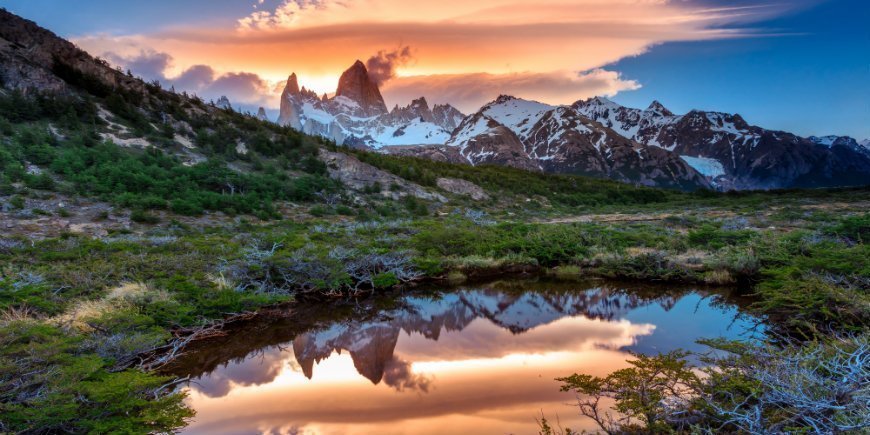
Argentina is the epitome of scenic nature and amazing experiences.
Fairytale waterfalls, astonishing natural phenomena, vibrant metropolises and delicious wines are just some of the things you can experience in Argentina.
So if you’re into a little of everything, all wrapped up in magnificence, Argentina is just the place for you!
Read more here and find inspiration on what tourist attractions to see in Argentina.
1. Iguazú Falls – one of the world’s largest waterfalls
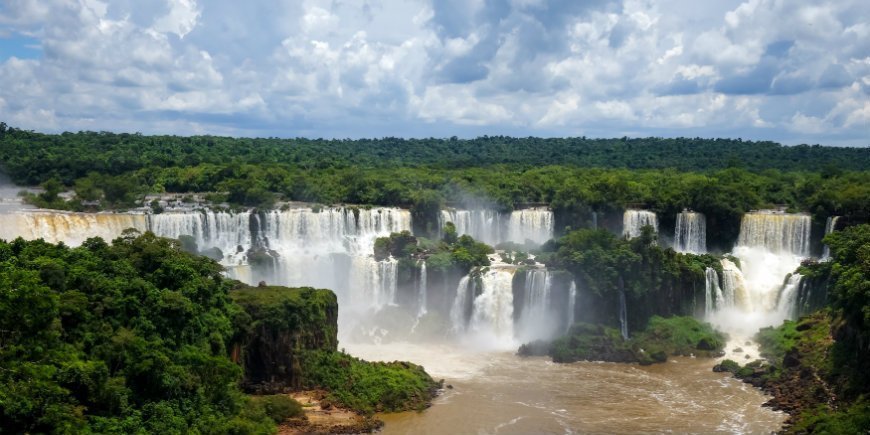
Water as far as the eye can see. Cascades of roaring water. It courses down the rocks from a height of up to 85 metres before coming to a brief halt on the flat before crashing on.
With an impressive 275 waterfalls of varying sizes, spread over a 2.7-kilometre stretch, Iguazú is one of the world’s largest waterfalls.
Every second, 6.5 million litres of water flow through the Iguazu Falls. That’s more than twice as much water as runs through Niagara Falls in North America.
Around the breathtaking natural phenomenon is a subtropical rainforest that is home to more than 2,000 plant species and abundant fauna, including tapirs, howler monkeys and jaguars.
In 1984, the amazing waterfalls became a UNESCO World Heritage Site.
2. Los Glaciares – an exceptionally beautiful national park
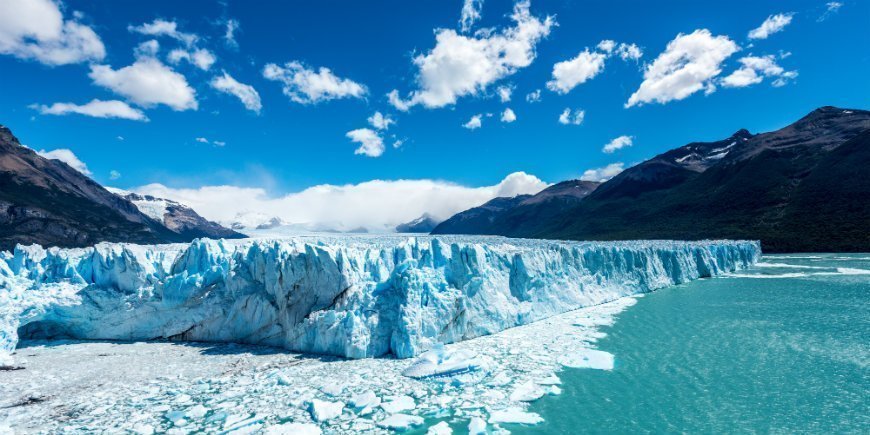
Close to the border with Chile is a spectacular national park, Los Glaciares. In 1981, the park, which is the largest in Argentina, became a UNESCO World Heritage Site due to its natural beauty.
The sight that greets you when visiting this fairytale national park is diversity. Mountains, forests, glaciers and lakes adorn the surface of the earth in the 6,000 km2 park.
Directly translated, the name of the national park, Los Glaciares, means “the glaciers”. And there’s a good reason for this. The park has three vast glaciers: Upsala, Viedma and Perito Moreno. In fact, 30% of the Los Glaciares area is covered in ice.
The glaciers are a spectacular sight. Perito Moreno is, for instance, 4 kilometres long and 60 metres high. The fascinating formations of the blue ice giant will leave you spellbound.
The national park is also home to Argentina’s largest freshwater lake, Lago Argentino. The lake is 160 kilometres long, with a water area of 1,466 km2. The lake has a rich bird life, and if you’re lucky you might see flamingos.
3. Buenos Aires – a fascinating capital
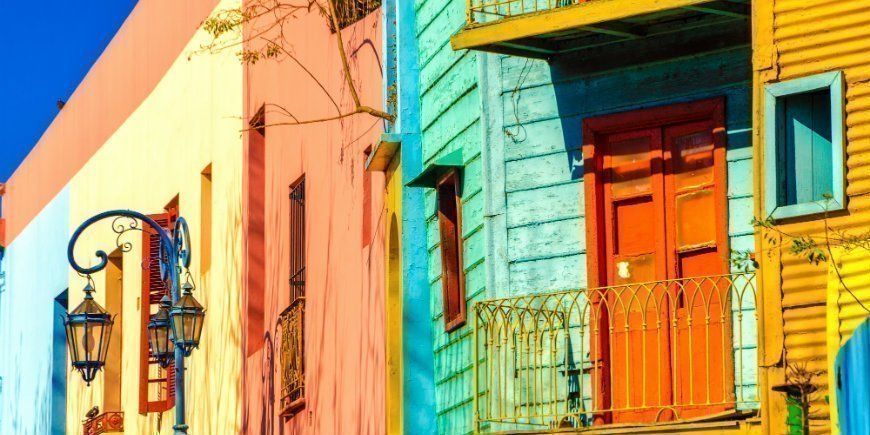
A visit to Argentina is not complete without visiting the country’s beautiful capital, Buenos Aires.
The capital offers a wealth of different things to see and do. You can, for instance, go to the opera at Teatro Colon, to the food market, visit the working class district or watch a tango show.
Buenos Aires has it all!
Below is a small sample of the things you can see and do:
- Houses stand side-by-side in all the colours of the rainbow in the working class district of La Boca, where you can experience a very unique part of the city that is characteristic of the metropolis.
- The district of San Telmo, the oldest part of Buenos Aires, is now the centre of the city’s art scene. If you want to experience a food market, you can do so at the Mercado de San Telmo. The district is also a UNESCO World Heritage site by virtue of the colonial buildings in the neighbourhood.
- Buenos Aires and tango are inextricably linked. When in the capital, you simply have to experience a tango show.
4. Mendoza – Argentina’s biggest wine producer
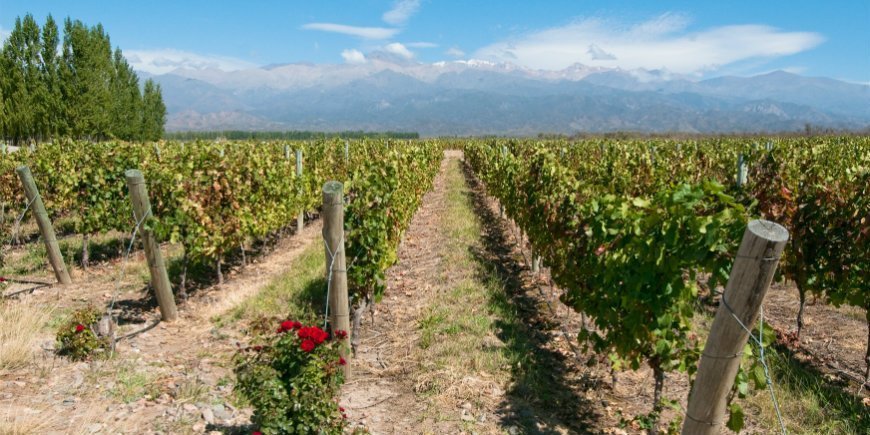
The road to Argentina’s largest and most important wine area is long. The countryside changes from lush valleys to magnificent mountain landscapes before you can finally glimpse the vines on the horizon.
The mountain town of Mendoza is one of Argentina’s oldest cities, founded by the Spanish in the 1560s.
Some 300 years later, both the French and the Italians came to the region and it became an important agricultural area.
Argentina was the world’s ninth largest producer of wine in 2016, and the area around Mendoza accounts for 70% of the country’s wine production. Mendoza is synonymous with wine in most of Argentina and, many people would say, the world.
The region is responsible for the country’s largest production of the Malbec grape, as the climate here is ideal for the grape, which is otherwise known for being sour.
In Mendoza, the climate, the chemical composition of the soil and the location of the sea make for the perfect conditions, and the Malbec grape is transformed into some of the world’s best red wines.
5. Península Valdés – an exceptionally beautiful peninsula
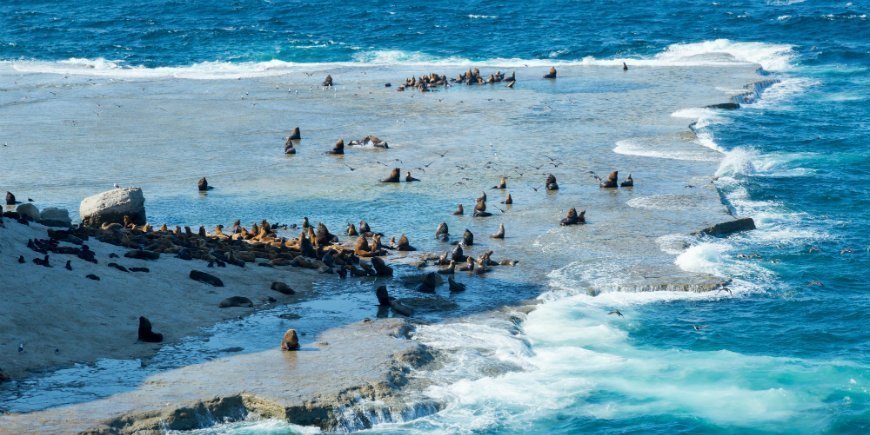
Peninsula Valdés, next to the town of Puerto Madryn in Chubut Province is sensational.
Home to a wide variety of marine mammals, the area is known for its efforts to keep the species alive.
In 1999, the Peninsula became a UNESCO World Heritage Site as the site is of vital importance as a natural habitat for a number of endangered species.
The Peninsula has abundant wildlife, and you can see elephant seals, sea lions, seals and sea birds. From June to December, you can go on a whale safari to see killer whales, among other species.
If you’ve been captivated by these five amazing tourist attractions, there’s no way back!
Join TourCompass on a fantastic tour to Argentina.
TourCompass – From tourist to traveller
-
General Info
Receive all the latest news and offers delivered to your inbox!
Registered in England.
Registered Office:
Nucleus House 2
Lower Mortlake Road
Richmond, TW9 2JA
Company no.: 11454726

E-mail: info@tourcompass.co.uk
ATOL protected no. 10558.
ABTA member no. Y6104.
Read more.